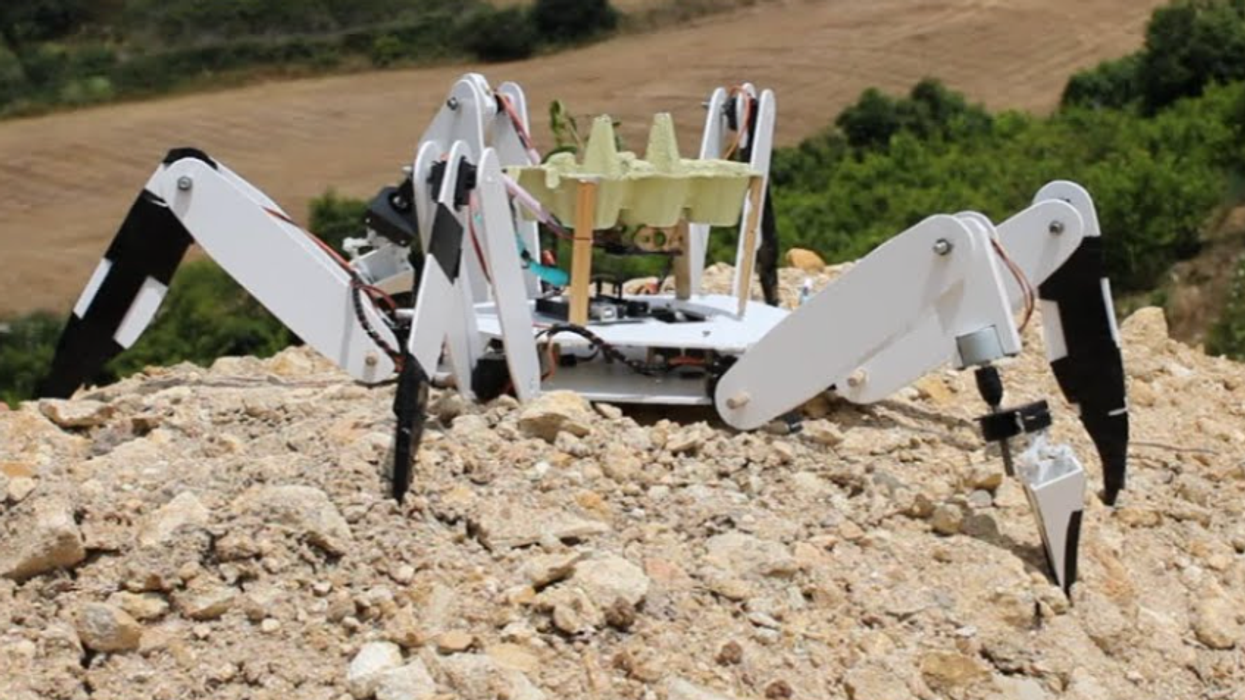Located on the left side of the Batagay River in Siberia is the "world’s largest permafrost crater." This giant, tadpole-shaped cut against the green terrain is known as the “Gateway to Hell.” The crater's walls are as fragile as cake, and it has been expanding significantly, devouring the Earth as it grows wider and deeper every second. A recent study published in the journal Geomorphology revealed that the crater expands by an astounding 35 million cubic feet (1 million cubic meters) every year.
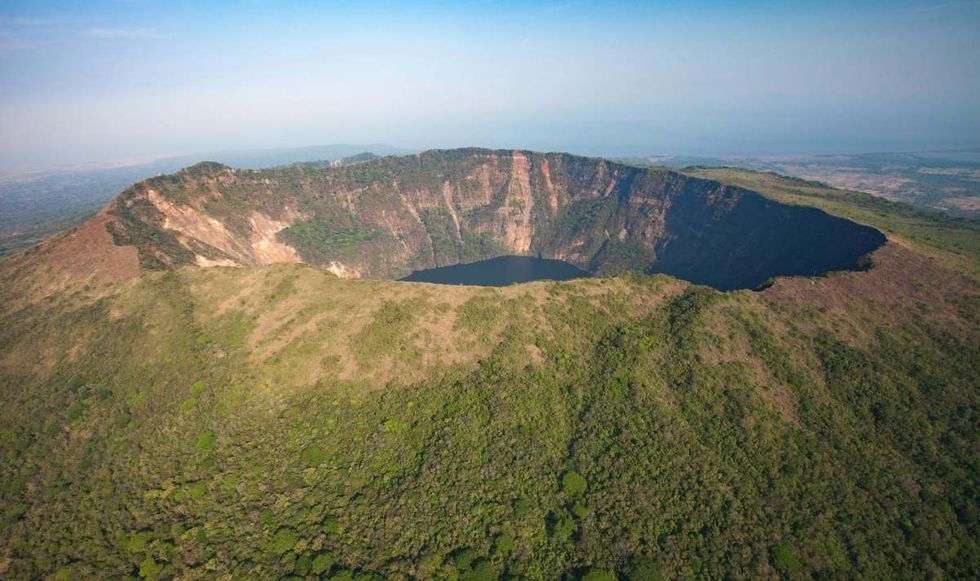
The Batagaika crater was first identified in classified satellite images in 1991. These images unveiled layers of permafrost frozen for 650,000 years. The melting permafrost released enormous quantities of methane gas, forming the crater. The process has accelerated due to climate change, and today, the crater emits methane and other greenhouse gases at an alarming rate, eroding chunks of the Earth continuously.
Understanding the Batagaika crater is a complex mystery. Explaining to HowStuffWorks, Roger Michaelides, an assistant professor of Earth and planetary sciences at Washington University in St. Louis, described that Batagaika isn’t actually a crater. That's a term reserved for bowl-shaped holes in the ground that are caused by the impact of meteorites, volcanic eruptions, or either a natural or man-made explosion of some sort, such as the Darvaza gas crater. Instead, Batagaika "is a retrogressive thaw slump, the largest in the world in fact," he noted.
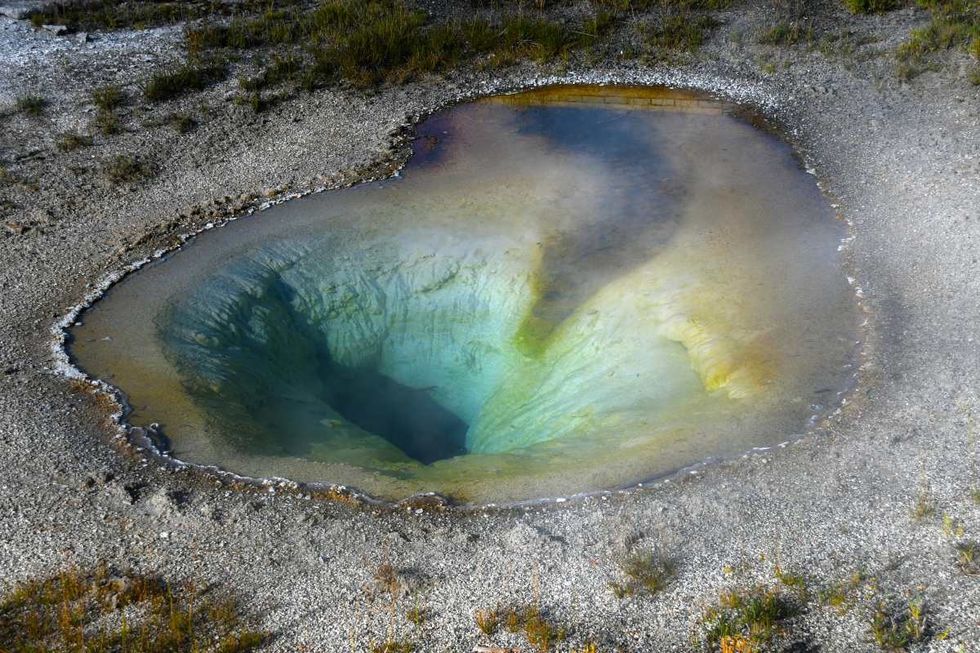
The latest research, led by Alexander Kizyakov from Lomonosov Moscow State University, utilized satellite images to assess the crater's growth on a 2D scale. Using remote sensing and field data, they created a 3D model to examine the permafrost melting rate. The results were astounding.
Their findings revealed that the Batagaika megaslump's cliff face, or headwall, is retreating at a rate of 40 feet (12 meters) per year due to permafrost thaw. The collapsed section of the hillside, which fell to 180 feet (55 m) below the headwall, is also melting rapidly and sinking. They mentioned in the study that the amount of ice and sediment lost from this megaslump is "exceptionally high" due to the sheer size of the depression, which stretched over 3,000 feet (990 m) wide as of 2023.
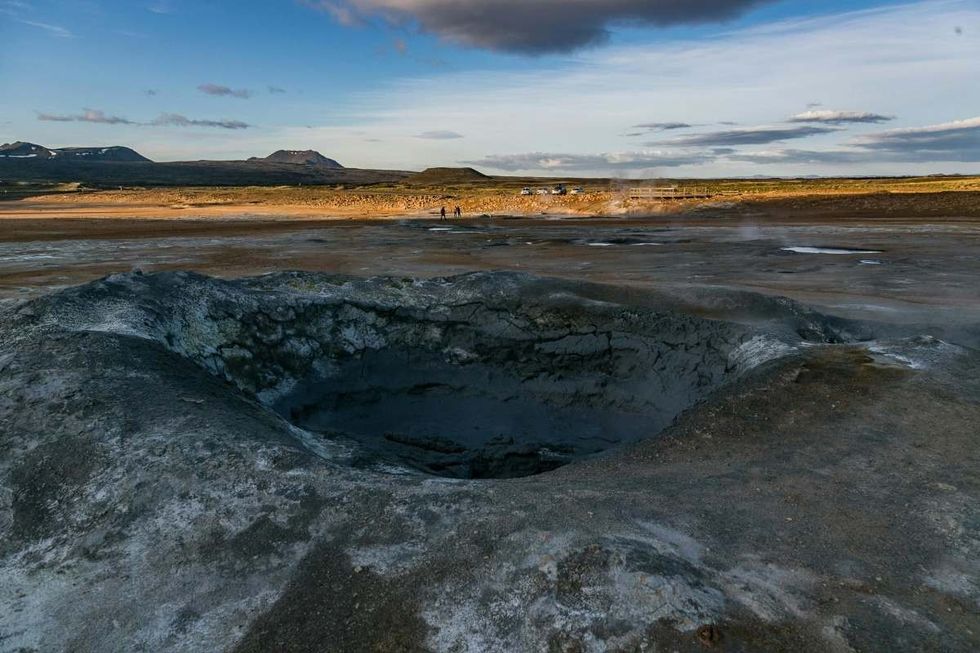
This depression was originally shaped by the cutting of forests around Batagaika during the Soviet era. It altered the thermal equilibrium of the area, leading to the formation of a down-slope gully. "The formation of this gully can lead to even more thaw of permafrost during subsequent summer seasons, which causes the gully to expand and grow larger. As larger surface areas of exposed permafrost are liable to thaw, this process accelerates and a megaslump can form," Michaelides said.
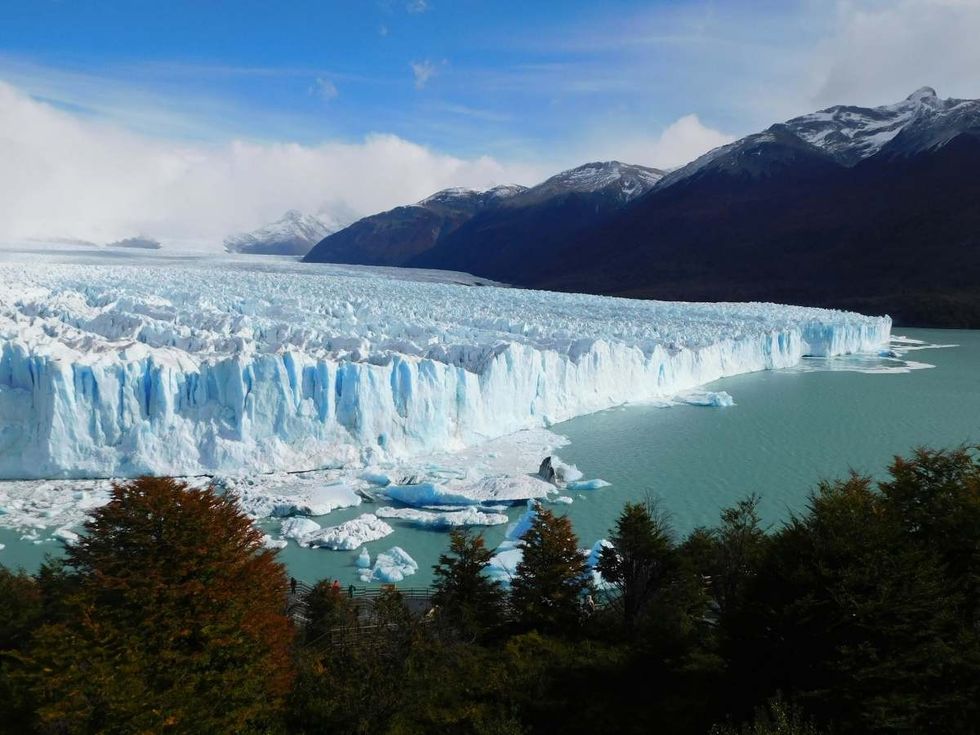
Michaelides further added that this type of formation is often a “positive feedback loop.” Each time the permafrost thaws, bacteria break down the organic matter and release greenhouse gases like methane trapped inside. These gases proliferate hotness in the atmosphere, causing more permafrost thawing, thus, creating an endless loop.
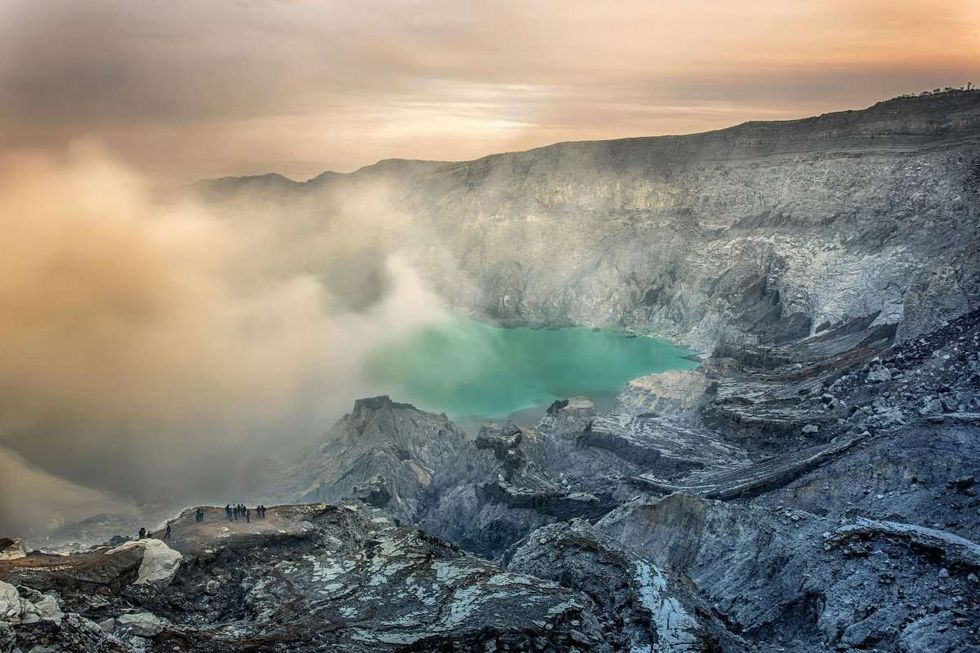
Accordingly, as Siberia becomes warmer due to climate change, Batagaika grows bigger and larger. "In some areas, the crater is expanding at a rate of tens of meters a year," Michaelides said. Although researchers already knew it was expanding, this is the first time they have come across the enormity of the changes in its size.
According to Live Science, a chunk equivalent to “more than 14 Great Pyramids of Giza” has melted off the megaslump since it collapsed. “There is enough potential to expand the Batagay megaslump over the adjacent valley which will most probably be absorbed in the next decade or two,” Nikita Tananaev, lead researcher at the Melnikov Permafrost Institute in Yakutsk, told Atlas Obscura. Tananaev added that this could mean trouble for the Batagay River in case the megaslump spills into it.
Although Batagaika continues to grow, researchers believe that there is a limit to how wide and deep it can go. Since the permafrost remaining inside the crater is only a few feet thick, the melt has already reached the bedrock at the bottom, and so cannot expand further, however, the sides can still expand to a point. “Only expansion along the margins and upslope is expected,” Kizyakov shared.
This article was originally published on July-2024. It has since been updated.





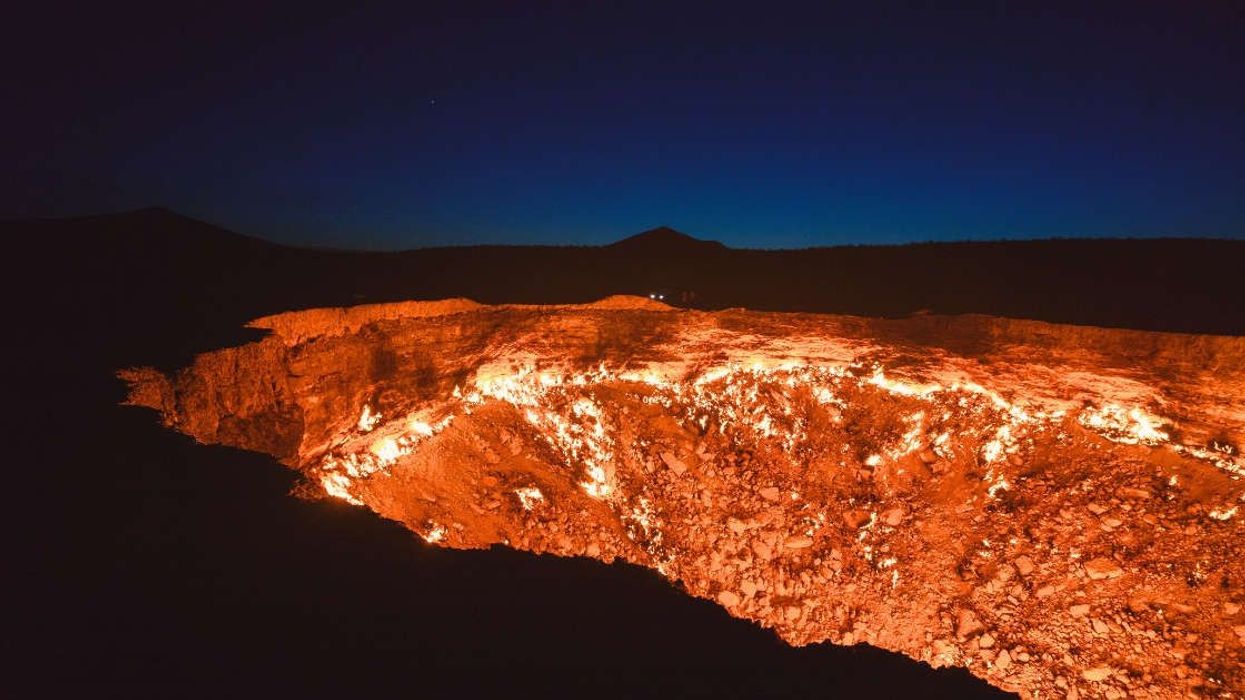


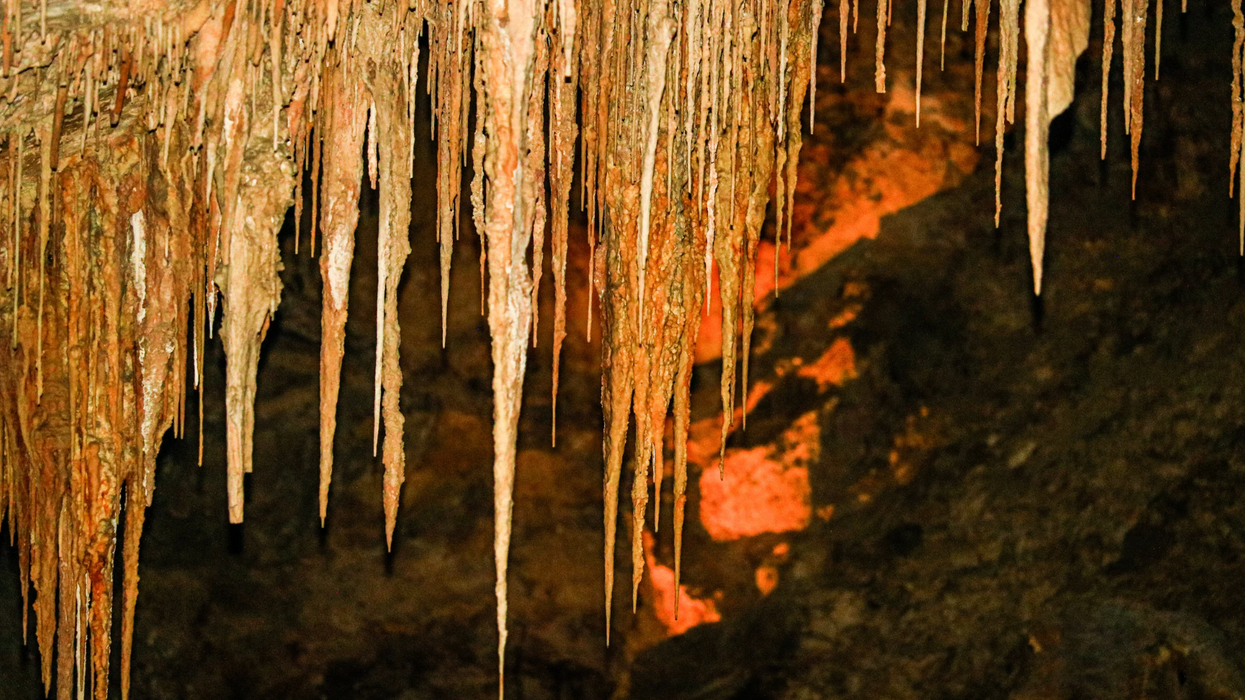










 A road near equatorial Atlantic OceanCanva
A road near equatorial Atlantic OceanCanva Waves crash against rocksCanva
Waves crash against rocksCanva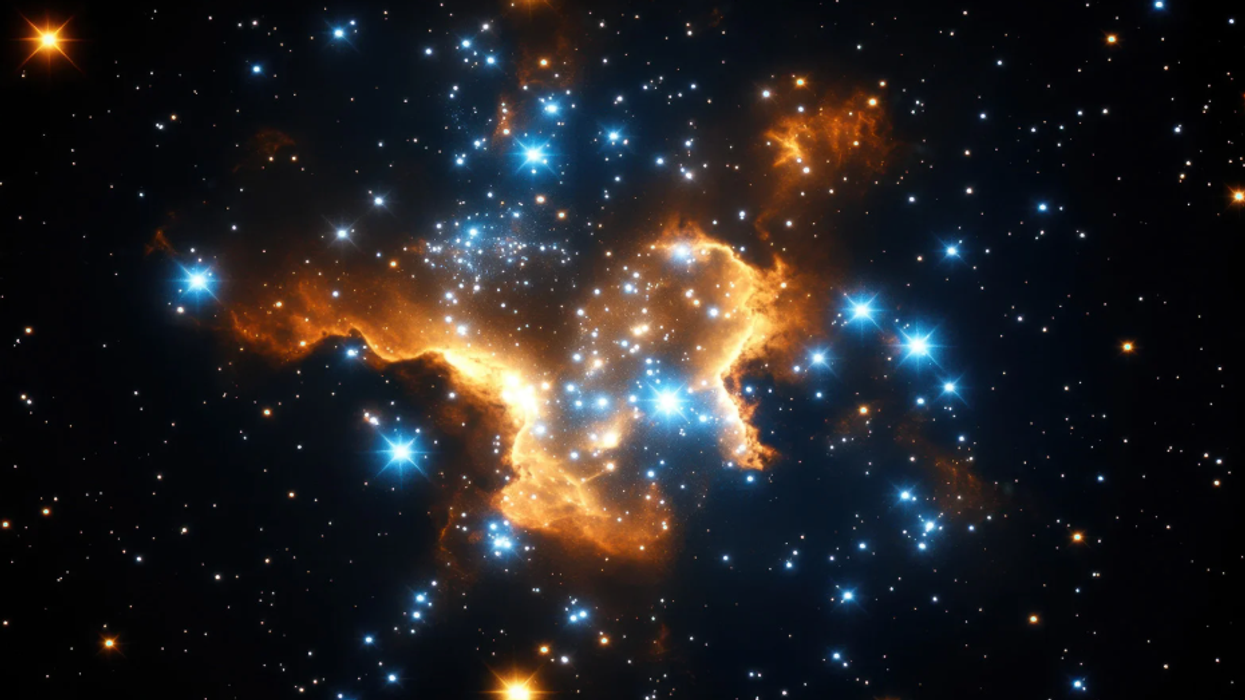
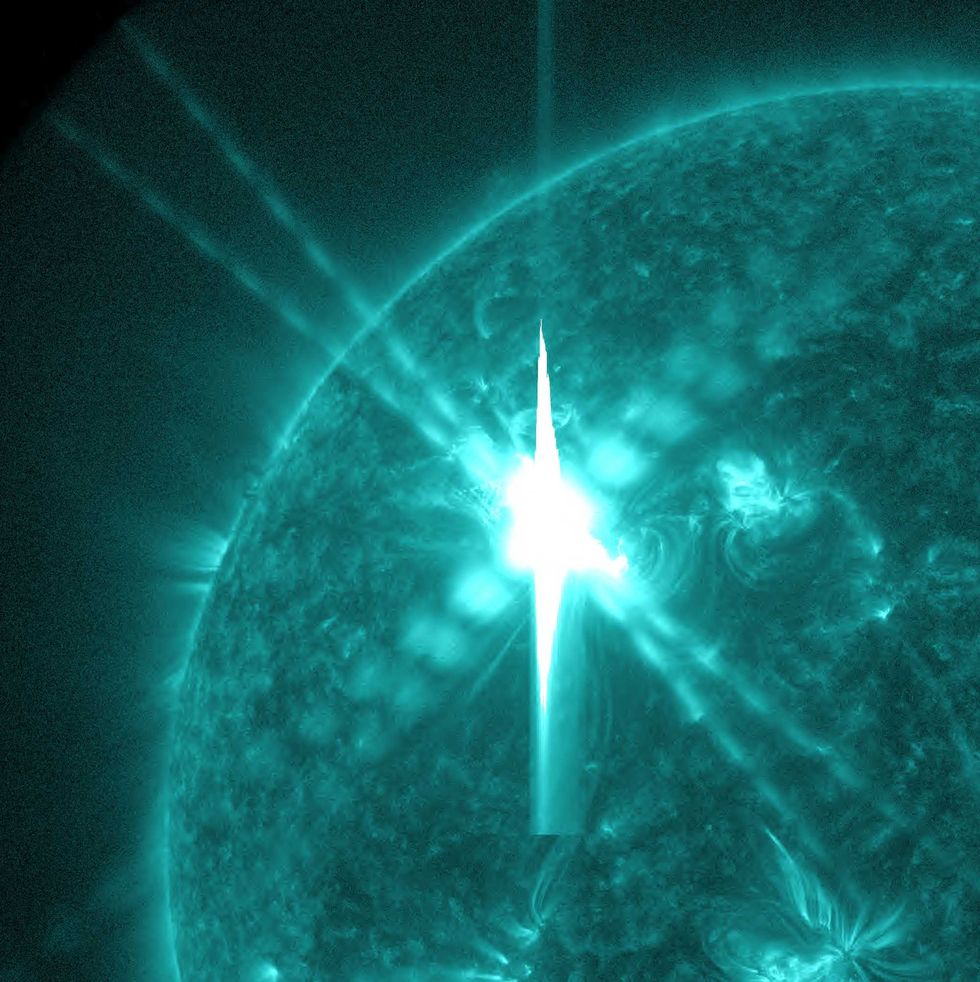 Image artifacts (diffraction spikes and vertical streaks) appearing in a CCD image of a major solar flare due to the excess incident radiation
Image artifacts (diffraction spikes and vertical streaks) appearing in a CCD image of a major solar flare due to the excess incident radiation
 Yonaguni Monument, as seen from the south of the formation.
Yonaguni Monument, as seen from the south of the formation. 
